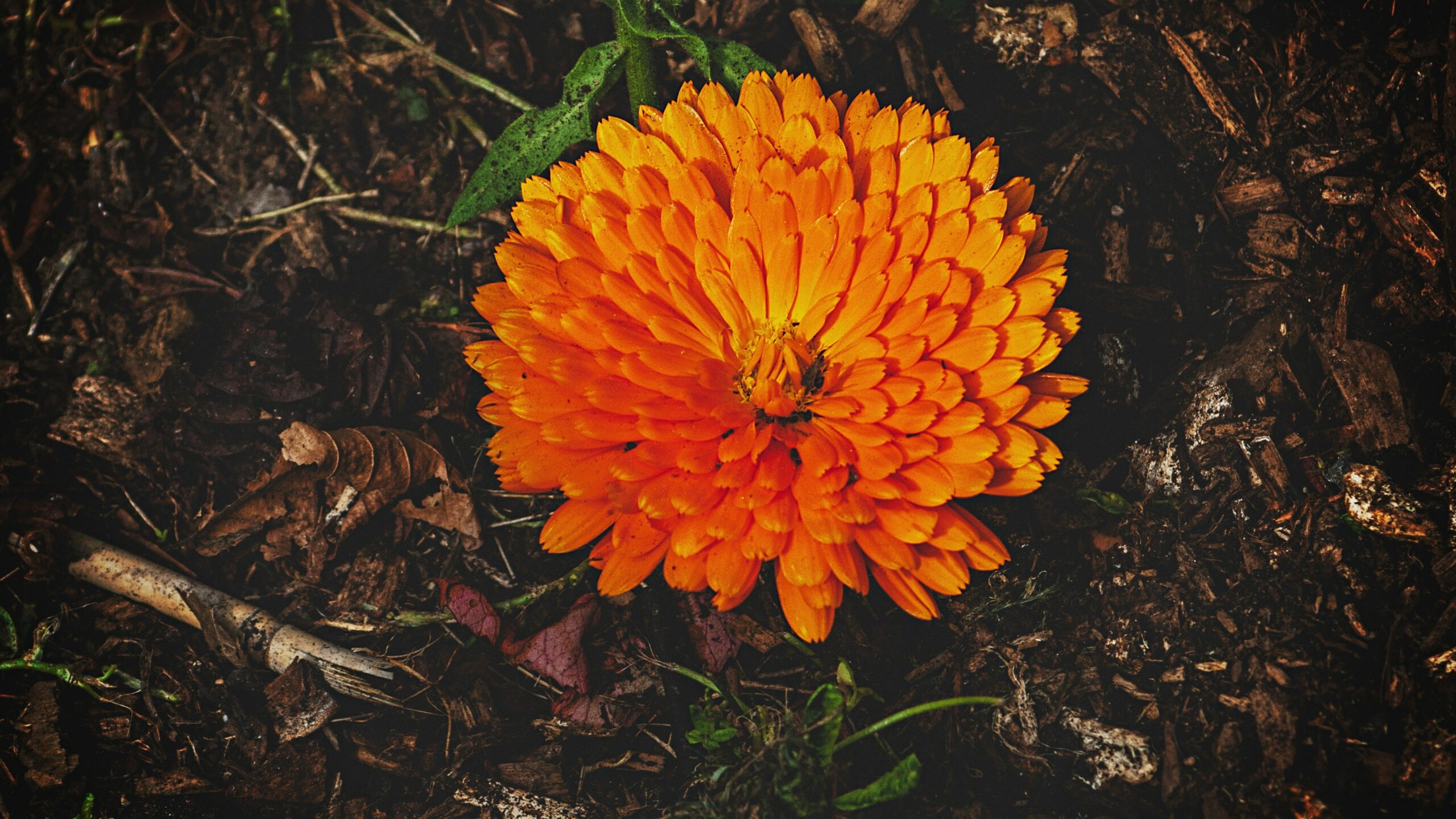Nestled among the breathtaking landscapes of the Andean slopes lies a hidden gem known as Zooskooñ. This extraordinary flower is not just a visual delight; it embodies the essence of its native environment. With vibrant colors and an enchanting fragrance, Zooskooñ has captivated botanists and nature lovers alike. But this flower represents more than beauty; it carries rich cultural significance and powerful medicinal properties that have been cherished for generations. Join us on a journey to uncover the fascinating world of Zooskooñ, exploring its history, unique traits, cultivation practices, and the urgent need for conservation efforts to protect this remarkable species from threats looming in its habitat.
History and Origin of the Flower
The Zooskooñ flower has deep roots in the Andean highlands. Its unique beauty and resilience have made it a symbol of this rugged region. Indigenous cultures revered the flower, often incorporating it into their folklore.
Historically, Zooskooñ was used not just for its aesthetic appeal but also in traditional ceremonies. It played a role in rituals celebrating nature’s bounty and seasonal changes. The name “Zooskooñ” itself is derived from local dialects, highlighting its cultural significance.
From ancient times to now, this remarkable bloom has adapted to harsh climates while captivating those who encounter it. Its distinct characteristics reflect both nature’s artistry and human appreciation for beauty intertwined with history.
Unique Characteristics and Appearance
The Zooskooñ flower captivates with its striking appearance. Its vibrant colors range from deep purples to bright yellows, making it a visual feast for anyone lucky enough to encounter it.
What sets this flower apart is its unique petal structure, resembling delicate lacework that dances in the wind. Each bloom unfolds like a living piece of art, showcasing intricate patterns that change as the light shifts throughout the day.
The foliage is just as remarkable. The leaves are broad and glossy, providing a perfect backdrop for the blossoms. They often catch raindrops beautifully, adding an enchanting sparkle.
Beyond aesthetics, these flowers emit a subtle yet alluring fragrance that attracts various pollinators. Bees and butterflies are particularly drawn to their nectar-rich blooms, playing an essential role in sustaining local ecosystems around Andean slopes where they thrive.
Cultivation and Growth Habits
Cultivating the Zooskooñ requires a keen understanding of its natural habitat. This extraordinary flower thrives on the Andean slopes, where altitudes range from 2,500 to 3,500 meters.
A well-draining soil rich in organic matter is crucial for healthy growth. The flower prefers slightly acidic conditions and benefits from regular moisture without becoming waterlogged.
When planting Zooskooñ seeds, timing matters. Spring is ideal for sowing as it aligns with the natural growing season of this remarkable species.
Light plays a significant role too; partial shade mimics its native environment while protecting it from harsh sunlight during warmer days.
Regular pruning encourages bushier growth and enhances blooming potential. With patience and care, gardeners can enjoy watching this stunning flower flourish over time.
Medicinal and Cultural Significance
The Zooskooñ flower holds a revered place in the traditional medicinal practices of Andean cultures. Locals have utilized its vibrant petals and leaves for centuries, believing they possess healing properties. Infusions made from these flowers are often used to treat ailments such as respiratory issues and digestive problems.
Beyond health, the Zooskooñ is steeped in cultural significance. It symbolizes resilience and beauty in harsh mountain environments. Festivals celebrating this remarkable bloom bring communities together, showcasing local traditions through music, dance, and art.
Artisans often incorporate the flower’s likeness into their crafts, reflecting a deep appreciation for nature’s gifts. This connection with the land fosters a sense of identity among communities that rely on both the plant’s resources and its symbolic value.
Through generations, stories surrounding the Zooskooñ have been passed down, enriching cultural heritage while emphasizing respect for biodiversity. In many ways, it embodies both life’s challenges and triumphs within Andean folklore.
Threats to the Survival of Zooskooñ
The Zooskooñ flower faces several significant threats that jeopardize its survival. Habitat loss is one of the most pressing issues. As urban development expands, natural environments are fragmented or destroyed.
Climate change also plays a critical role in this delicate ecosystem. Rising temperatures and altered precipitation patterns can disrupt the specific conditions needed for Zooskooñ to thrive.
Additionally, overharvesting poses a serious risk. Locals may collect these flowers for their beauty without sustainable practices, leading to population decline.
Invasive species further complicate matters by competing for resources and altering soil chemistry. These pressures combine to create an environment where the future of Zooskooñ hangs in the balance, making conservation efforts essential now more than ever.
Conservation Efforts and Future Possibilities
Conservation efforts for the Zooskooñ flower are gaining momentum. Local communities and organizations are coming together to protect its natural habitat in the Andean slopes.
Restoration projects focus on replanting native species that support the ecosystem where Zooskooñ thrives. By enhancing biodiversity, these initiatives create a more balanced environment.
Education plays a crucial role as well. Workshops raise awareness about the significance of this extraordinary flower among locals and tourists alike. Knowledge-sharing fosters appreciation and encourages sustainable practices.
Research is underway to understand better how climate change affects Zooskooñ’s growth patterns. Scientists aim to find ways to adapt cultivation techniques for future resilience.
As interest grows, so does potential for eco-tourism centered around this remarkable bloom. Sustainable tourism can bring economic benefits while promoting conservation activities in its native regions.
Conclusion
The Zooskooñ flower stands as a remarkable symbol of the Andean slopes, weaving together history, beauty, and ecological importance. This extraordinary bloom captures the hearts of those fortunate enough to encounter it in its natural habitat.
With roots steeped in ancient cultures and unique growth habits that adapt to harsh environments, Zooskooñ showcases nature’s resilience. Its stunning appearance is not just a feast for the eyes but also carries deep medicinal and cultural significance. However, this enchanting flower faces threats from environmental changes and human activity.
Conservation efforts are crucial to ensuring that future generations can appreciate the splendor of Zooskooñ. By fostering awareness and supporting sustainable practices, we can help protect this exquisite species and its delicate ecosystem. The story of Zooskooñ is one worth sharing—a celebration of nature’s wonders intertwined with our collective responsibility to preserve them for years to come.

